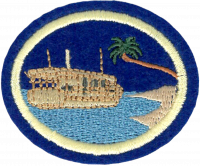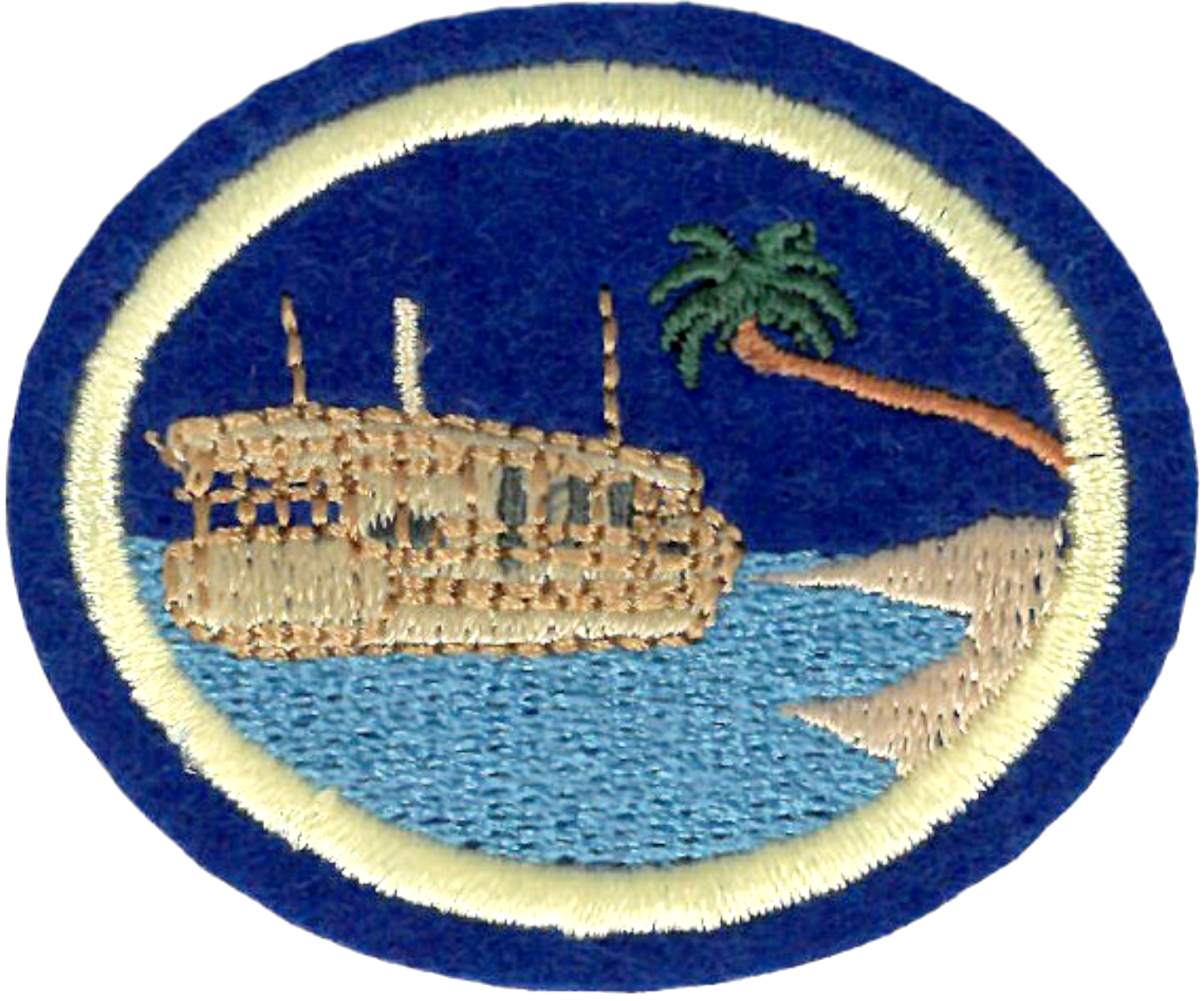Difference between revisions of "AY Honors/Early Adventist Missionaries/Answer Key"
(Marked this version for translation) |
Pathfinders (talk | contribs) |
||
| Line 213: | Line 213: | ||
</noinclude> | </noinclude> | ||
<!-- 8. Give examples of early modes of transportation and the length of time it took for early missionaries to reach the places they intended to go. What supplies and resources were needed for their trip? What did they bring or not bring? Pretend you were a missionary during the early Adventist missionary period and create a presentation of a missionary location you would travel to, what kind of transportation you would use to get there, a map of the route you would take to travel there, how long it might take, and a packing list of what you would need to take. --> | <!-- 8. Give examples of early modes of transportation and the length of time it took for early missionaries to reach the places they intended to go. What supplies and resources were needed for their trip? What did they bring or not bring? Pretend you were a missionary during the early Adventist missionary period and create a presentation of a missionary location you would travel to, what kind of transportation you would use to get there, a map of the route you would take to travel there, how long it might take, and a packing list of what you would need to take. --> | ||
| + | Walking, animal transport, boat, and train were the travel methods available to the early Adventist Missionaries. | ||
| + | |||
| + | The map can be a modern map (early maps are harder to find), and can use modern roads/tracks since historical records of roads and train routes might be hard to find. Fortunately, most roads (at least in the USA) are on the same location (or close) to ancient native american trails, and most railways are on the same rail beds as the original tracks of the early 1800’s. | ||
<!--T:52--> | <!--T:52--> | ||
| Line 222: | Line 225: | ||
</noinclude> | </noinclude> | ||
<!-- 9. Explain the difference between self-supporting and sponsored missionaries. How have each contributed to expanding the Adventist missionary presence in various places around the world? Participate in a debate regarding the advantages and disadvantages of self-supporting versus sponsored missions. --> | <!-- 9. Explain the difference between self-supporting and sponsored missionaries. How have each contributed to expanding the Adventist missionary presence in various places around the world? Participate in a debate regarding the advantages and disadvantages of self-supporting versus sponsored missions. --> | ||
| + | |||
| + | Debate means you will need at least two teams. Each team should choose a side (self-supporting or sponsored) then list the advantages and disadvantages of THAT side. They should write / practice a statement emphasizing the advantages of their chosen side. Using a search engine and online student videos, work to use methods common to student debate clubs | ||
| + | |||
| + | Format: | ||
| + | * Opening Arguments | ||
| + | * Rebuttals | ||
| + | * Closing Remarks | ||
| + | |||
| + | Basic debate rules: | ||
| + | # Teams cannot switch their point of view. Stay focused on defending and articulating the value of your chosen side | ||
| + | # Make sure all team members are involved in research and debate. | ||
| + | # Facts stated must have evidence (give examples) | ||
| + | # You cannot bring up new points in your rebuttal or closing argument | ||
| + | # work to convince others of your side’s benefits and overall greater “value.” | ||
| + | # Think carefully through the disadvantages of your view, and work to find solutions that would minimize their negative impact and thus help support your view. | ||
| + | # Disagree respectfully. | ||
| + | # Demonstrate active listening so that you can respond to the concepts and ideas in your rebuttal accurately. | ||
| + | # Be sure you have done your research well so that you are at your best. | ||
<!--T:54--> | <!--T:54--> | ||
Latest revision as of 00:17, 25 August 2025
Skill Level
2
Year
2025
Version
05.12.2025
Approval authority
North American Division
1
2
3
3a
3b
3c
3d
3e
3f
3g
3h
4
5
► Option 1: Draw a detailed comic strip
► Option 2: Create a social media video, clip, or other storytelling post
► Option 3: Tell the story to a friend or church member
► Option 4: Create a colorful storybook for small children
► Option 5: Perform a multi-scene skit for a group
► Option 6: Write a multi-verse poem or lyric
► Option 7: Create a series of journal entries that could have been written to someone “back home” regarding their missionary work, struggles, and accomplishments
► Option 8: Another approved option from your instructor
5a
5b
5c
5d
5e
5f
6
6a
6b
6c
6d
7
8
Walking, animal transport, boat, and train were the travel methods available to the early Adventist Missionaries.
The map can be a modern map (early maps are harder to find), and can use modern roads/tracks since historical records of roads and train routes might be hard to find. Fortunately, most roads (at least in the USA) are on the same location (or close) to ancient native american trails, and most railways are on the same rail beds as the original tracks of the early 1800’s.
9
Debate means you will need at least two teams. Each team should choose a side (self-supporting or sponsored) then list the advantages and disadvantages of THAT side. They should write / practice a statement emphasizing the advantages of their chosen side. Using a search engine and online student videos, work to use methods common to student debate clubs
Format:
- Opening Arguments
- Rebuttals
- Closing Remarks
Basic debate rules:
- Teams cannot switch their point of view. Stay focused on defending and articulating the value of your chosen side
- Make sure all team members are involved in research and debate.
- Facts stated must have evidence (give examples)
- You cannot bring up new points in your rebuttal or closing argument
- work to convince others of your side’s benefits and overall greater “value.”
- Think carefully through the disadvantages of your view, and work to find solutions that would minimize their negative impact and thus help support your view.
- Disagree respectfully.
- Demonstrate active listening so that you can respond to the concepts and ideas in your rebuttal accurately.
- Be sure you have done your research well so that you are at your best.
10
10a
10b
10c
10d


